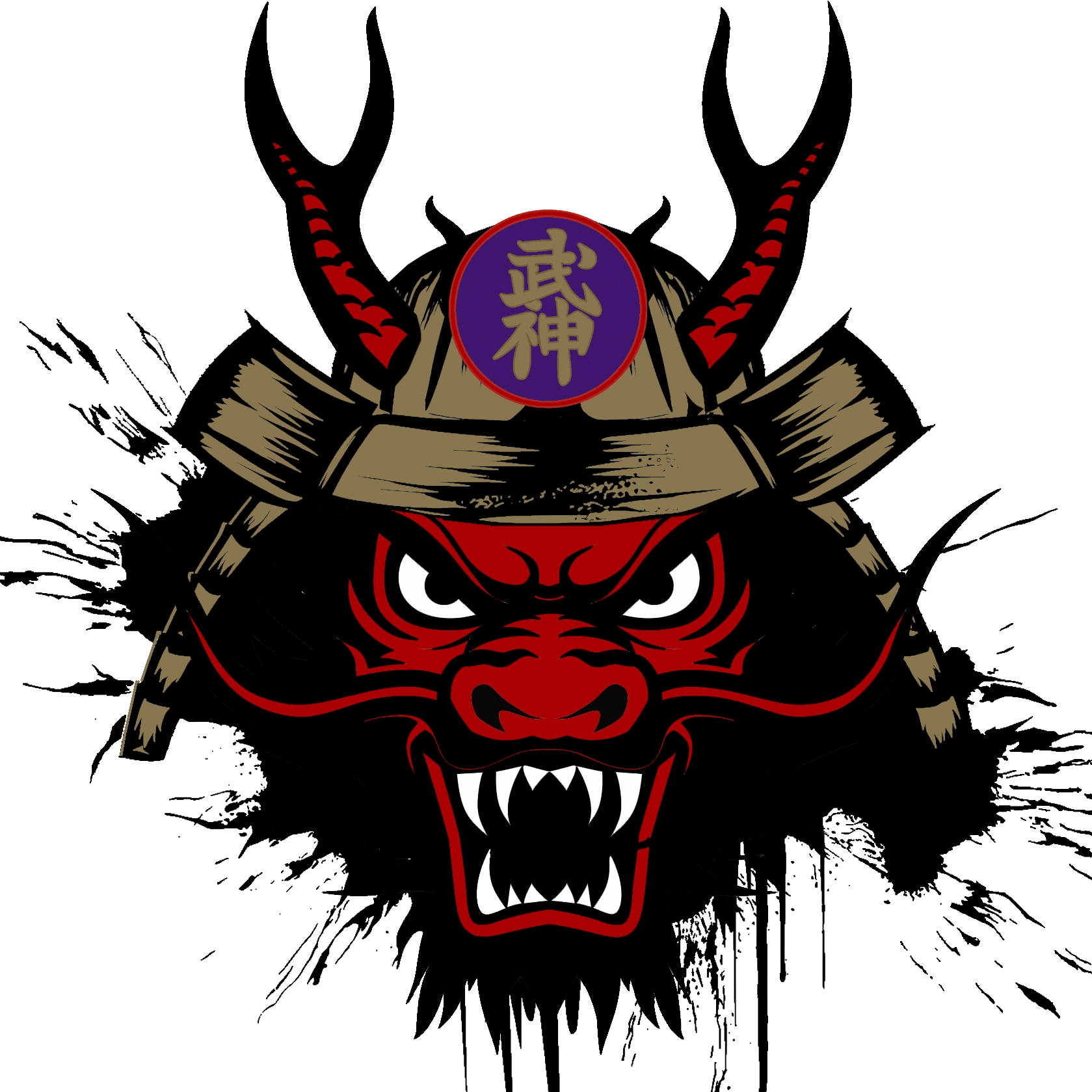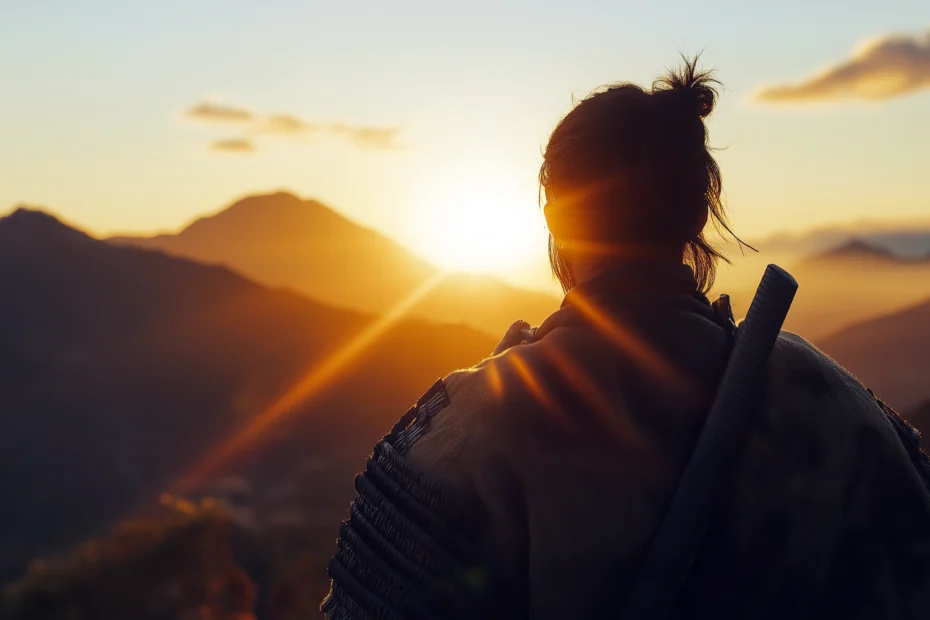Ninja morning rituals are fascinating practices rooted in ancient Japanese traditions that combine physical discipline, spiritual focus, and esoteric techniques. These routines were designed to empower practitioners with clarity, strength, and divine protection, often invoking deities like 摩利支天 Marishiten, a guardian of light, prosperity, and invisibility.
Takamatsu Sensei’s Daily Discipline
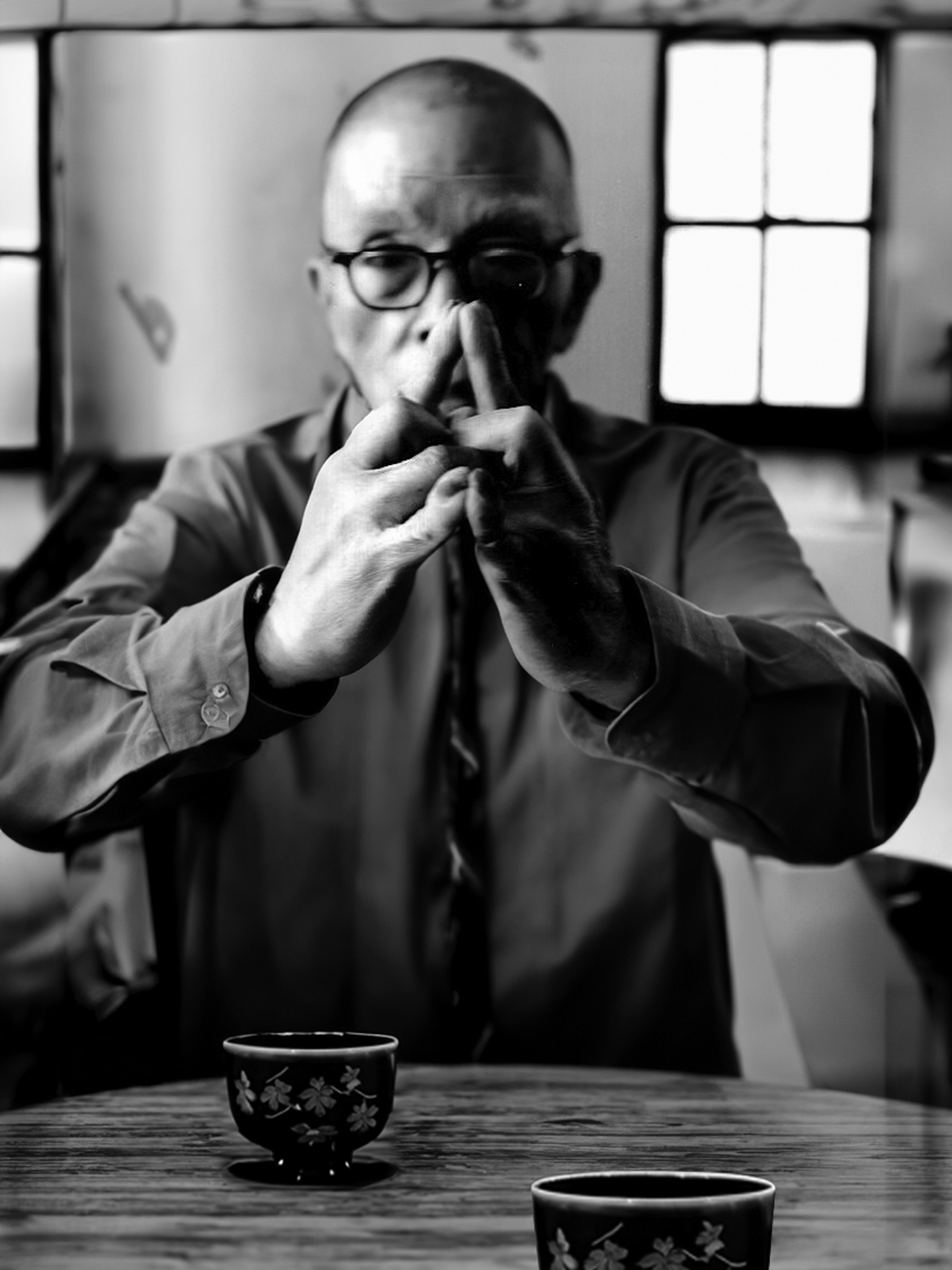
In a 1966 article published in 武道春秋 (Budo Shunju Magazine) titled Shinden Shura Roppō , Takamatsu Sensei shared his daily morning ritual:
- He went to bed by 9 PM every night.
- At 6:30 AM, he performed a cold water massage , a practice he maintained for 40 years without fail. This contributed to his remarkable health and resilience, ensuring he never fell ill.
As a Dai-Ajari head priest in Kumano Shugendo, Takamatsu Sensei likely incorporated prayer or meditation into his routine. The title of Dai-Ajari is reserved for those who complete extreme endurance feats, such as the Ōmine Sennichikaihōgyō (one-thousand days of trekking on Mt. Ōmine) and the Shimugyō (nine days without food, water, sleep, or rest).
Hatsumi Sōke once mentioned receiving the same Mikkyō rank as Takamatsu Sensei during training at the Honbu Dojo. While unclear if he attained the title “Dai Ajari,” this highlights their shared commitment to spiritual and physical mastery.
For Shimugyō, preparation is key. Practitioners must follow precise dietary guidelines months in advance to survive the nine-day fast. Adherence to these instructions ensures survival despite the body’s typical limitations.
Kuji Goshin Hō: A Ninja Morning Rituals Routine from 1812
The 九字護身法 (Kuji Goshin Hō) , documented by Gyochi in 1812, outlines a morning ritual performed immediately after waking:
- Wash your hands, face, and mouth with water to purify yourself.
- Face north and exhale forcefully to expel 濁気 (Dakuki), or unclean spirit.
- Turn to face east , open your mouth, and take three deep breaths to absorb fresh, clean energy.
- Clack your teeth together 36 times , matching the rhythm of your relaxed pulse. This helps the spirit descend into your body and calms the mind.
Kuji Hiden: An Ancient Practice Linked to Marishiten
Another morning routine, described in 九字秘傳 (Kuji Hiden) by 宮井安泰 (Miyai Yasutai) in 1787, traces its origins back to 太公望 (Taikōbō) “Grand Duke Wang” (also known as 姜子牙 Jiang Ziya, 1128–1015 BCE), who taught the fundamentals of Kuji to his students. This practice involves facing the rising sun and performing specific hand gestures while chanting incantations:
Face the first rays of sunrise (or the eastern ridge-line in the mountains, or the horizon in flatlands).
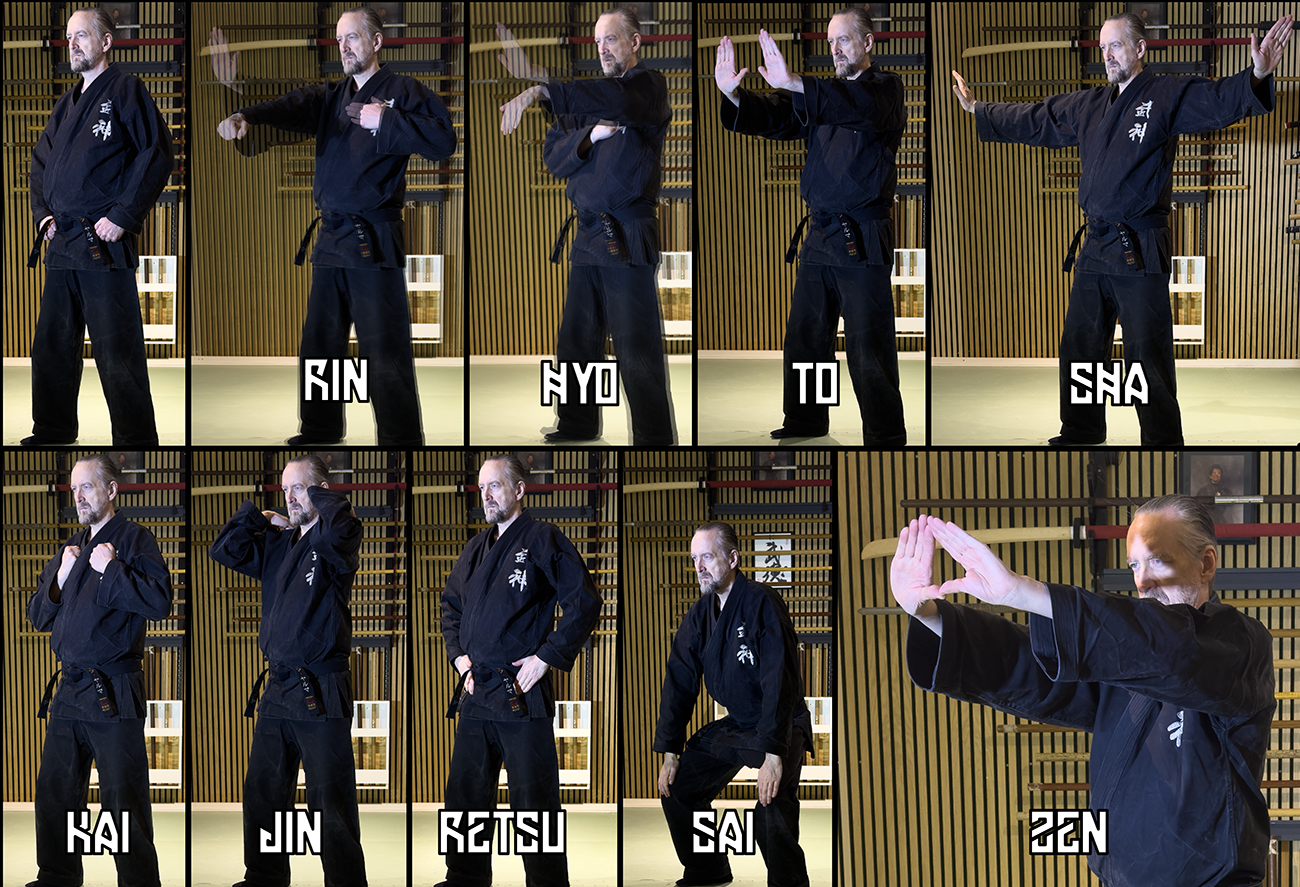
- Place your left palm on your chest and extend your right hand forward, palm down. Curl your fingers as if beckoning someone and chant RIN .
- Place your right hand above your heart and extend your left hand forward. Lower your left hand, curl your fingers, and chant HYŌ .
- Turn your palms forward at chest height and chant TŌ .
- Move your palms to the left and right sides and chant SHA .
- Close your hands into fists and press them to your chest while chanting KAI .
- Touch both shoulders with your fingers and chant JIN .
- Place both palms on your hips and chant RETSU .
- Put both palms on your knees and chant ZAI .
- Raise your palms to form 斗衝 (Dozu)—a triangle shape with your thumbs and index fingers—and chant ZEN .
The Role of Marishiten in Warrior Practices
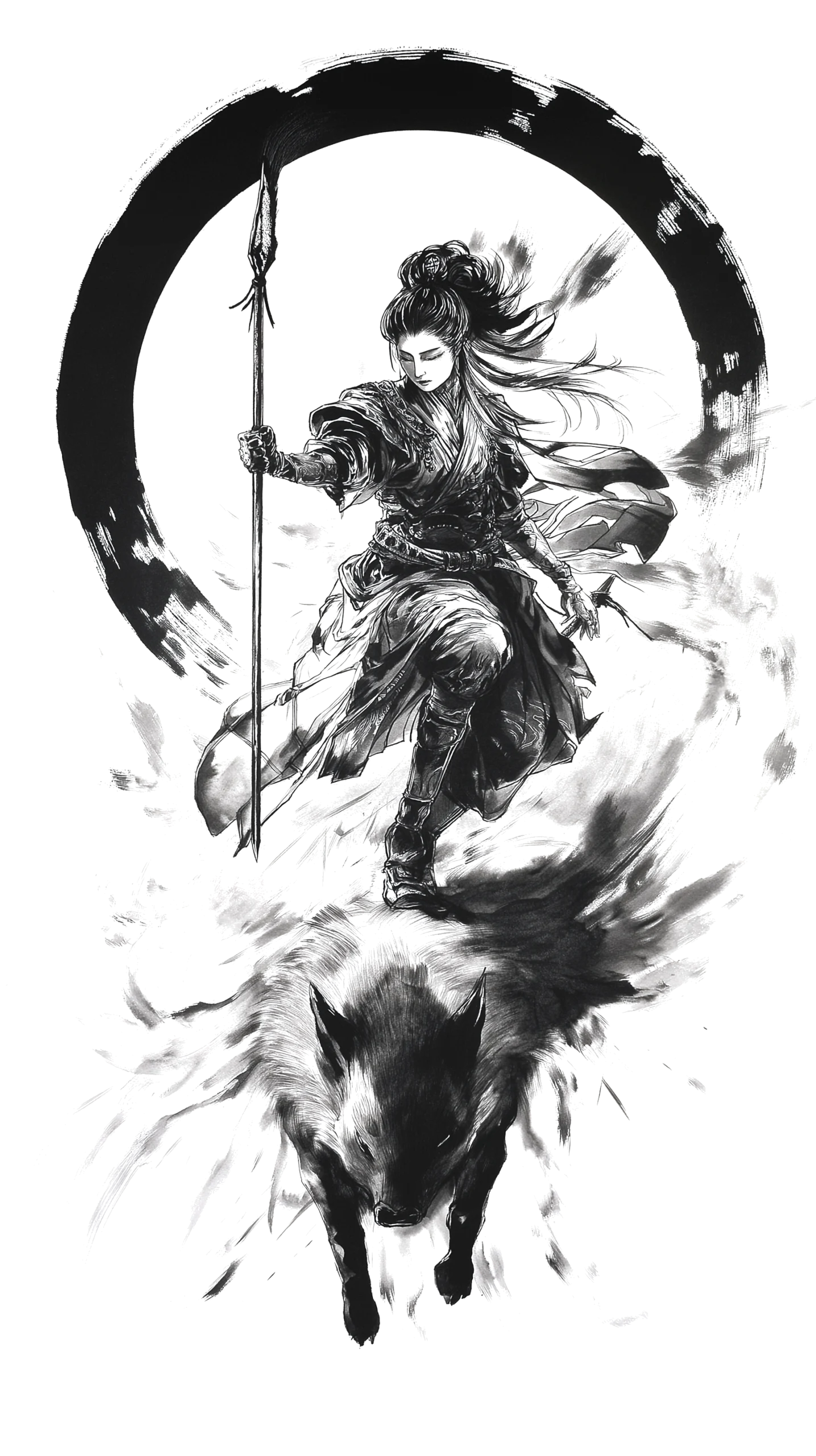
摩利支天 (Marishiten) is a revered deity in Japanese warrior culture, symbolizing light, protection, and prosperity. Warriors practiced Marishiten-hō , invoking her/his power for:
- Invisibility in battle : To evade enemies.
- Victory and success : By illuminating their path and guiding them.
- Wealth and good fortune : Beyond martial contexts.
Staring at the sunrise was a symbolic act of connecting with Marishiten’s radiant energy. This practice reflects the deep spiritual connection between warriors and celestial forces, emphasizing harmony with nature and divine empowerment.
With the help of Qwen2.5-Plus
